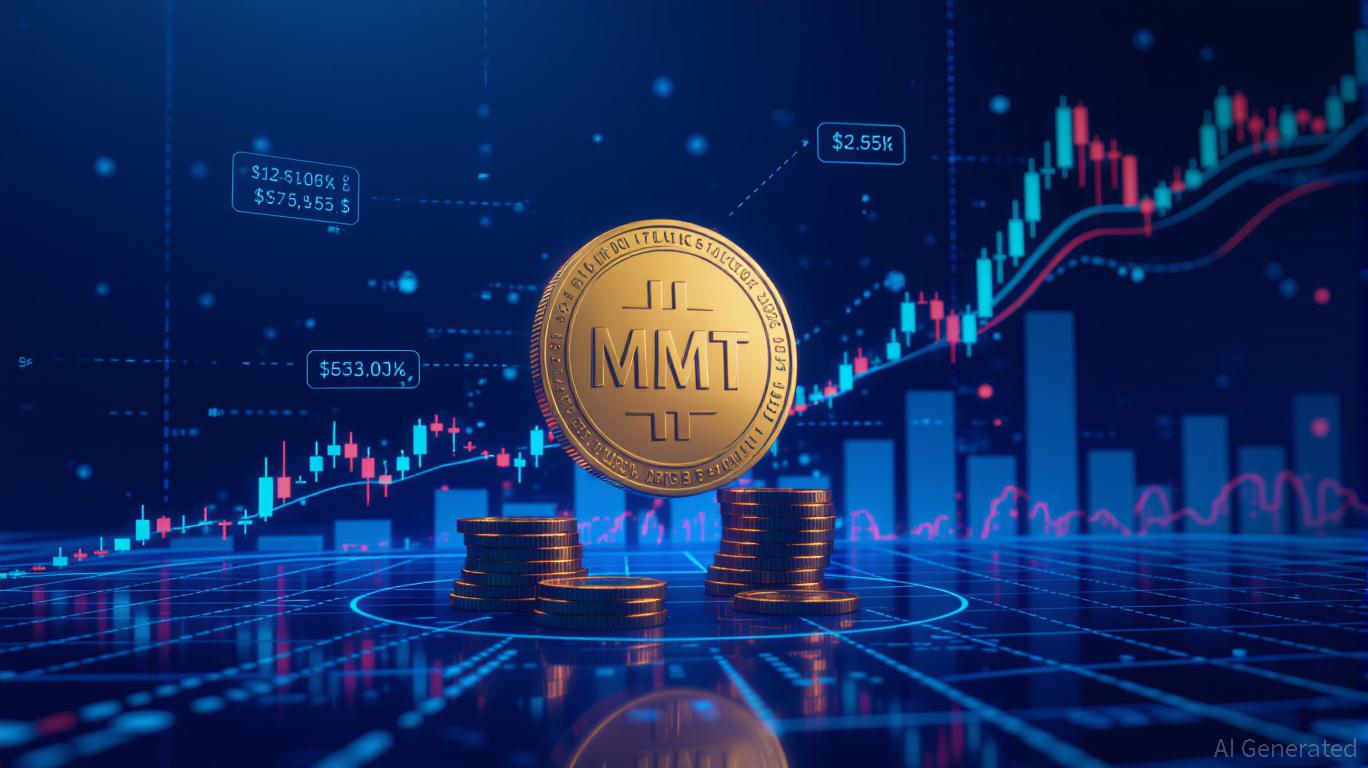Visa Now Lets You Get Paid in Stablecoins
Visa just took a major leap toward the future of digital money. The global payments giant has launched a new pilot program that lets businesses send payouts directly in stablecoins, starting with Circle’s USDC . This means creators, freelancers, and gig workers can now receive their payments almost instantly — across borders, without relying on traditional banks.
What’s Changing for Creators and Freelancers?
The new pilot, part of Visa Direct, allows U.S.-based businesses to send payouts in regular fiat currency while giving recipients the choice to receive funds in USDC. For freelancers and digital creators working internationally, this removes the waiting time and banking barriers that often delay payments. With just a compatible stablecoin wallet and proper KYC verification, anyone can get paid in minutes, not days.

Chris Newkirk, Visa’s President of Commercial and Money Movement Solutions, summed it up perfectly: the goal is universal access to money — anytime, anywhere. For gig workers in countries with unstable currencies, this could be a lifeline.
How This Builds on Visa’s Earlier Stablecoin Work
This pilot expands on Visa’s September initiative that let companies pre-fund payouts with stablecoins instead of fiat. Back then, it was all about improving back-end efficiency. Now, the focus shifts to the end user — putting digital dollars directly in their hands.
Visa’s approach keeps compliance front and center. Recipients must use approved wallets and meet Visa’s KYC/AML standards, ensuring the program stays secure and aligned with regulations. The company plans a wider rollout in 2026 as regulatory clarity improves and client demand grows.
Why Stablecoins Matter to Visa’s Global Strategy
Visa’s commitment to stablecoins isn’t new — but it’s accelerating fast. Since 2020, Visa has processed over $140 billion in crypto and stablecoin-related flows. The company now supports 130 stablecoin-linked card programs across 40+ countries. Spending through these programs has quadrupled in the past year, reaching a $2.5 billion annualized run rate.
This shift gained momentum after the U.S. GENIUS Act established clear rules for stablecoins, opening doors for mainstream financial adoption. Visa has also partnered with companies like Stripe-owned Bridge and Yellow Card in Africa, testing everything from stablecoin-linked cards to treasury management tools.
What This Means for the Future
For Visa, stablecoins aren’t just another product line — they’re becoming a cornerstone of its next-generation financial infrastructure. The company is exploring settlement, bank integration, and card-based solutions tied to stablecoins.
When asked if Visa might issue its own stablecoin, the company didn’t rule it out. But for now, its focus remains on scaling existing ecosystems like USDC.
If this pilot succeeds, Visa could permanently change how money moves across borders — making instant global payments a reality for millions of digital workers worldwide.
Disclaimer: The content of this article solely reflects the author's opinion and does not represent the platform in any capacity. This article is not intended to serve as a reference for making investment decisions.
You may also like
Bitcoin Updates: Tether's Unstable Backing and Bitcoin's Rally Intensify Liquidity Shortage
- Bitcoin's price surge triggered Tether (USDT) outflows, raising liquidity risks as reserves face S&P downgrade. - NYDIG reports $3.55B ETF outflows in November, linked to corporate trades and algorithmic stablecoin losses. - S&P cites 5.6% Bitcoin exposure in USDT reserves, exceeding overcollateralization buffers, risking undercollateralization. - Analysts warn of self-reinforcing cycles as Bitcoin rallies coincide with Tether redemptions, straining liquidity. - Tether's 24% high-risk assets in reserves

Global Exchanges Caution: Excluding Crypto May Undermine Market Fairness and Integrity
- Global exchanges urge SEC to reject broad crypto exemptions for tokenized stocks to prevent market integrity risks and unfair competition. - SEC considers sandbox framework for crypto pilots, but warned by WFE and SIFMA against creating parallel markets and eroding safeguards. - SIFMA highlights crypto market collapses, stressing that U.S. markets’ strength lies in regulated depth and liquidity, not speed. - Robinhood and Coinbase advance tokenized stock initiatives despite resistance from traditional ex

Reevaluating MMT After Quantitative Easing: Insights from the Latest Rise in MMT Price Forecasts and Their Implications for Market Outlook
- Post-QE markets show MMT's influence on digital assets, with MMT token surging 1,300% driven by Binance airdrops and institutional buying. - Q2 2025 saw fixed-income markets shift to traditional risk-return metrics as MMT's dominance waned amid normalized term premiums and higher debt compensation demands. - Investors rotated to small-cap/value equities and AI infrastructure amid fiscal stimulus, while elevated valuations emphasized diversification and fundamentals. - MMT remains relevant for sovereign f

AAVE +0.54% As Institutional Interest in Euro Stablecoins Continues to Rise
- Aave (AAVE) rose 0.54% in 24 hours to $186.75, reflecting growing institutional interest in EU stablecoin infrastructure. - Deutsche Börse plans to integrate EURAU stablecoin into its custody services, expanding digital-asset capabilities under MiCA regulations. - The move aligns with EU efforts to reduce reliance on U.S. stablecoins and promote euro-pegged alternatives through regulated frameworks. - Institutional adoption of stablecoins may indirectly benefit DeFi platforms like Aave by enhancing liqui

